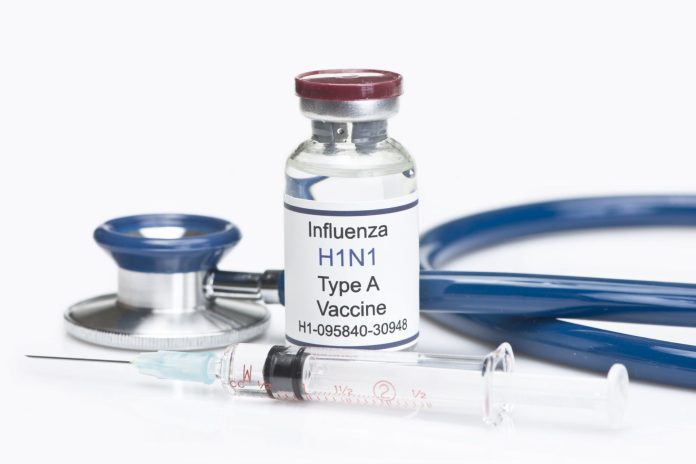The NC Collaboratory turned to SAS Analytics for IoT and Microsoft Azure for this project
The North Carolina Collaboratory and analytics specialist SAS are using IoT analytics and sensor data from vaccine storage freezers to strengthen cold chain integrity and improve dosage delivery, particularly to underserved and rural communities.
The U.S. Centers for Disease Control claims vaccine storage and transport issues are responsible for nearly 10% of the 65 million COVID-19 vaccine doses wasted in the US the past two years.
The NC Collaboratory is a research and policy organization headquartered at the University of North Carolina at Chapel Hill, which taps into the resources and expertise of all 17 institutions of the University of North Carolina System. Among these institutions are several historically minority-serving institutions and remote campuses that host ultra-low temperature freezers that support more equitable vaccine distribution to underserved communities. The NC Collaboratory provided 63 freezers across the state, with a capacity of 9.3 million vaccine doses.
The NC Collaboratory turned to SAS Analytics for IoT and Microsoft Azure to select, transform and operationalize data from sensors across 10 freezer locations at universities, in addition to third-party public health data. The project monitored the impact of factors including temperature, humidity and vibration during transport, opening and closing, duration in storage and freezer capacity, while tapping predictive insights and intelligent alerting capabilities to identify and address potential dosage loss and regional vaccine shortages.
“COVID-19 created the largest and most complex medical logistics program in modern history,” said Jeff Warren, executive director of the NC Collaboratory. “One of the most formidable challenges has been to protect supply chain integrity as vaccines are transported and stored from manufacturers to administration sites – particularly those in hard-to-reach, underserved communities. Our project with .”
The partners said that key pilot program achievements included:
-Temperature threshold monitoring that examines temperature trends that indicate deteriorating freezer conditions and generates proactive alerts predicting the time remaining before temperature threshold is reached, preventing vaccine waste and ensuring vaccine viability.
-Freezer capacity alerting that provides intelligent alerts when vaccine supply is insufficient relative to virus spread in an area and offers recommendations for proactively reallocating supply to meet demand.
Rob Handfield, executive director of North Carolina State University’s Supply Chain Resource Cooperative, said: “With a cold supply chain, you must constantly maintain very low temperatures, as vaccines that exceed the limit begin to deteriorate in just five hours. The SAS approach seeks to create visibility and prediction into what is today a black box in the cold chain, helping logistics managers identify potential points of failure and proactively minimize vaccine loss.”
“This project delivers on the promise of innovation by quickly and efficiently generating value from IoT data using SAS Analytics for IoT – a cloud-native solution that employs AI and streaming capabilities to accelerate the generation of predictive insights,” said Jason Mann, VP for IoT at SAS. “I’m proud of our university partnerships, and our focus on applying proven IoT solutions to improve critical outcomes and strengthen the cold chain. This initiative will undoubtedly accelerate the state’s ability to prepare and respond in the face of the next pandemic, variant or deployment of future mRNA vaccines.”

